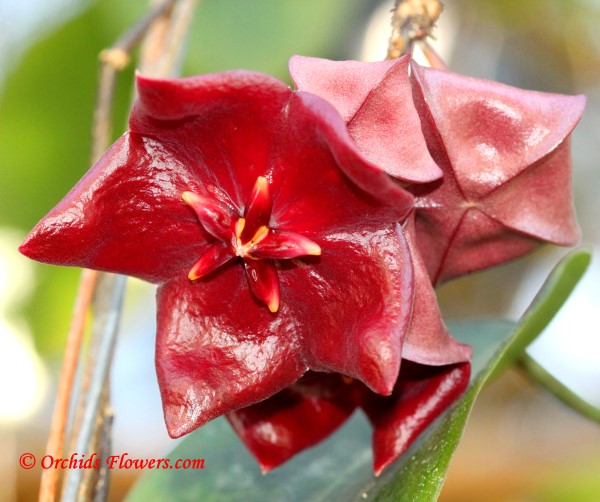
Hoya megalaster Warb. ex K. Schum. & Lauterb. 1905 is an impressive waxflower vine species, native to Papua New Guinea and Northern Australia. The large, wine-red flowers are grouprd in umbels of up to about 12 single flowers and last for about one week. The fragrant flowers, with a scent reminecent of vanilla get a Read More »
Read the full article…
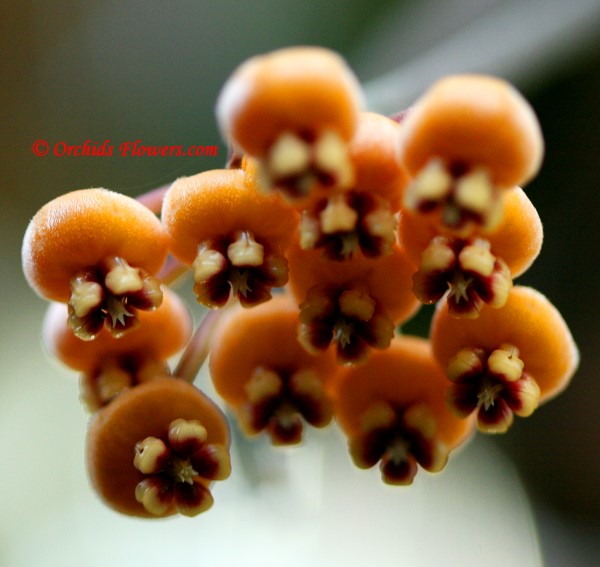
Hoya waymaniae Kloppenb.1995 is a tropical waxflower creeper species, native to the Malayan part of the island Borneo (Kalimantan). Arden Dearden, an Australian plant collector and owner of the Equatorial Exotics nursery in Cairns, Queensland, Australia, discovered the Hoya species in Sarawak, Malaysia in the late eighties. Hoya specialist Dale Kloppenburg named Hoya waymaniae in Read More »
Read the full article…
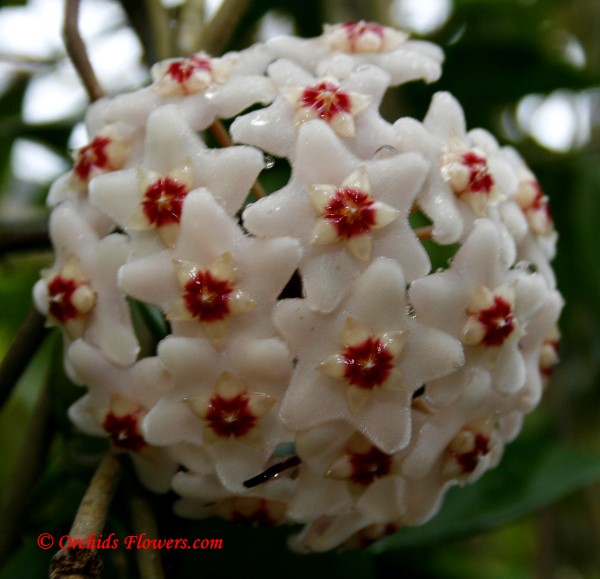
The white Hoya carnosa (L. f.) R. Br. 1810 is certainly one of the best known and most widespread Hoya species. Hoya carnosa is distributed from East Asia (India, China, Japan and Taiwan) over South East Asia as far as to the Pacific Islands and Australia. Primarly described by the great Linnaeus (1741-1783) as Asclepias Read More »
Read the full article…
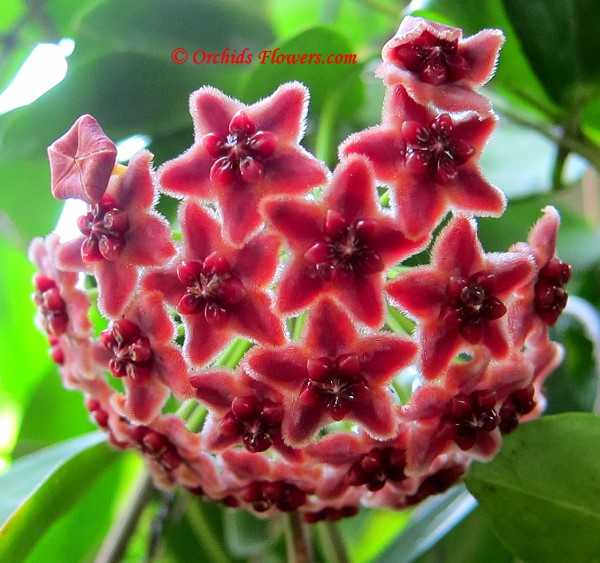
Hoya globulifera Blume 1850 is a rare, tropical climber, found in Papua New Guinea. The dark-red, sometimes greyish-red flowers are grouped in dense clusters with a size of up to about 10 cm in diameter. The hairy flowers are slightly fragrant with a scent reminescent of Vanilla, strongest whilst flowers open. Leaves of Hoya globulifera Read More »
Read the full article…
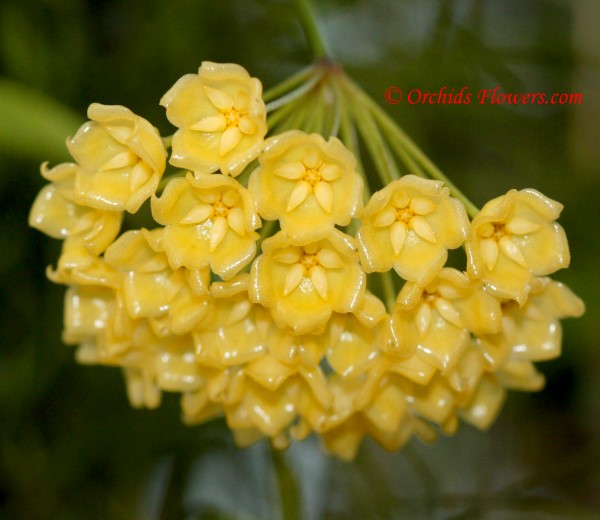
Hoya blashernaezii Kloppenburg 1999 is a tropical climbing plant, native to the Philippines. The American botanist and Hoya specialist Dale Kloppenburg (born 1921) named the yellow flowering Hoya species in honour to its finder the Philippine laboratory technician and plant collector Blas Hernaez, who discovered the rare Hoya blashernaezii at the island of Catanduanes near Read More »
Read the full article…
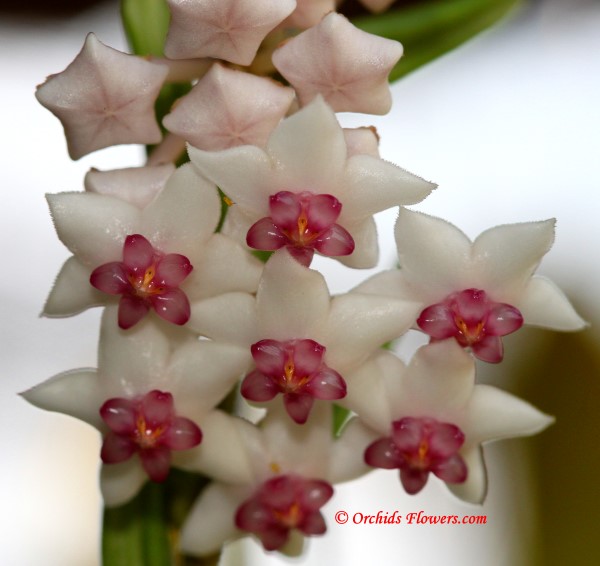
Hoya bella Hook. 1848 is a tropical wax flower or porcelain flower plant, native to India, Myanmar (formerly Burma) and Thailand. The tropical beauty has been discovered near Moulmein (nowadays: Mawlamyaing) in Myanmar, by the British Botanist Thomas Lobb (1811-1894), who collected plants on behalf of the British plant nursery Veitch & Sons. Thomas Lobb Read More »
Read the full article…
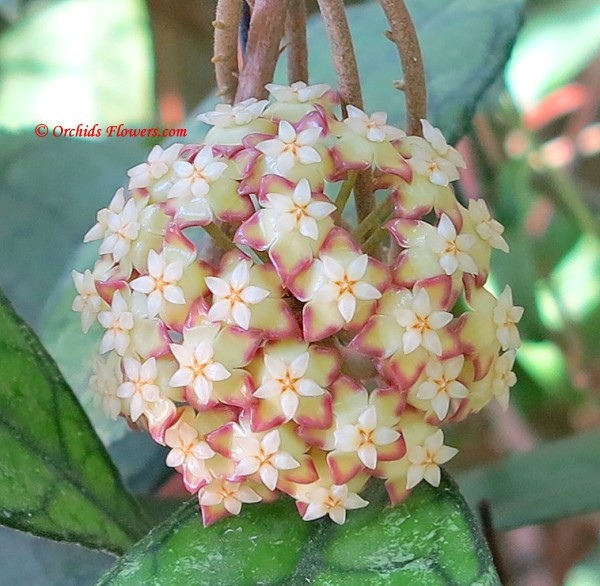
Hoya finlaysonii Wight 1834 is a tropical wax flower vine native to South Thailand, Malaysia and Indonesia. The first specimen has been discovered on the island of Penang, Malaysia and has been named by the Scottish surgeon and botanist Robert Wight (1796-1872) in honour to one of its finders, the Scottish naturalist George Finlayson (1790–1823), Read More »
Read the full article…
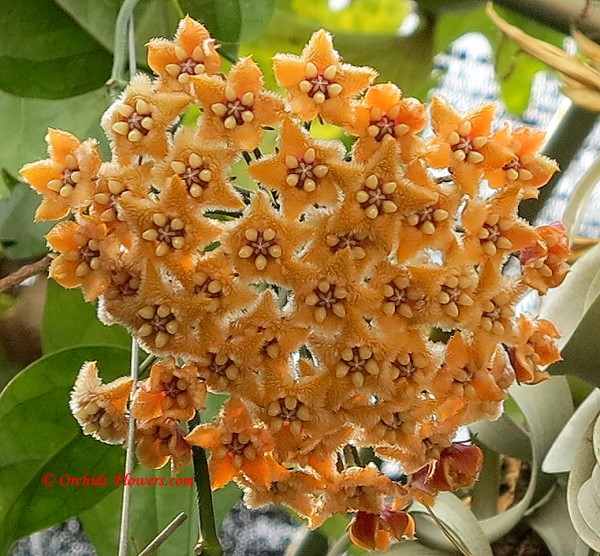
Hoya fraterna Blume 1849 is a terrestrial growing tropical wax flower vine from the dogbane family (Apocynaceae), in the first place found on the island of Java, Indonesia. As the big leathery leaves are reminescent of Hoya coriacea the tropical vine got the name Hoya fraterna, which means “brother”. After German-Dutch botanist Karl Ludwig Blume Read More »
Read the full article…

Hoya erythrostemma Kerr 1939 is a tropical wax flower vine, native to Thailand and Malaysia. In its natural habitat the slow growing Hoya erythrostemma can reach lengths up to about 12 meters, but as a container plant it will just grow up to lengths of about 1,50 meters. Young plants need several years until they Read More »
Read the full article…
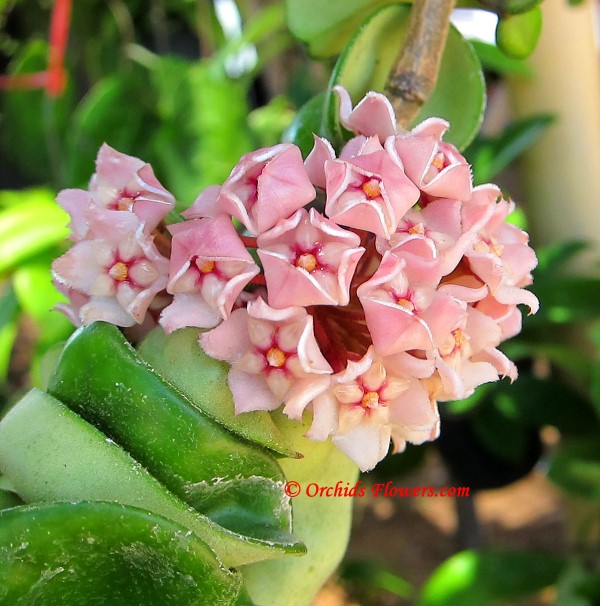
Hoya compacta C. M. Burton 1990, commonly called Hindu Rope, is a tropical wax flower or porcellain flower plant, with unclear origin. Most likely the Hoya plant with its curled foliage is native to South China, like its close relative Hoya carnosa. Hindu Rope (Hoya compacta) has thick, flexible shoots which can be bend to Read More »
Read the full article…
Hoya kenejiana Schltr. 1913 is a tropical waxflower vine, native to Papua New Guinea, where it has been collected in the year 1908 by the German botanist Friedrich Richard Rudolf Schlechter (1872-1925). Rudolf Schlechter named the beautiful, yelllow, but not fragrant, Hoya kenejiana, in the year 1913 after the place where it was found, Kenejia, Read More »
Read the full article…
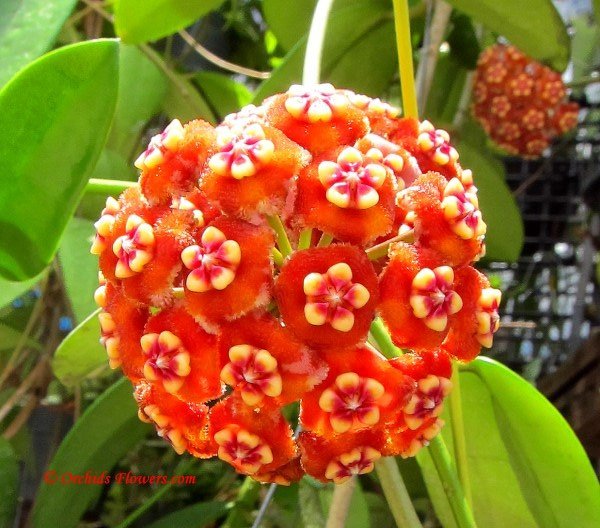
Hoya meliflua Merr. 1918 is a tropical wax flower vine from the dogbane family (Apocynaceae), native to the Philippines. Primarily the tropical plant, with its stunning orange-red flowers, was found on the island of Luzon and has been mistakenly described in 1837 by the Spanish Augustinian friar and botanist Francisco Manuel Blanco (1778 – 1845) Read More »
Read the full article…
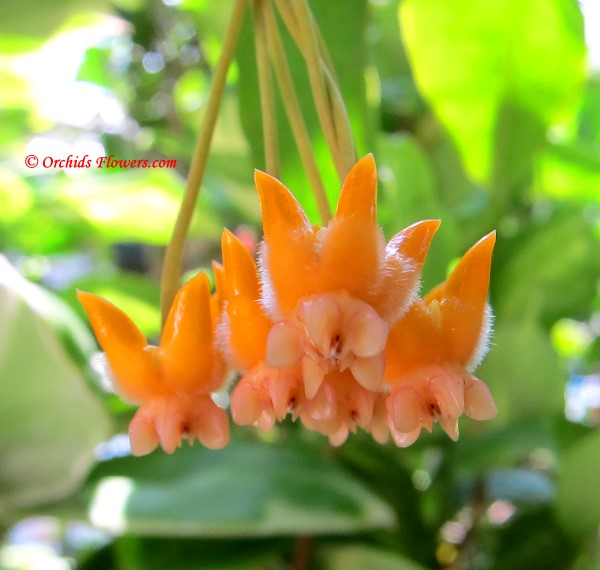
Hoya praetorii is often confused with another very beautiful Hoya species, Hoya lasiantha Korthals ex Blume 1848, which looks quite similar, but has bigger flowers and the corona is colored in a creamy yellowish white, whilst the corona of Hoya praetorii is red. Hoya lasiantha has been primarily described by the German-Dutch botanist Karl …
Read the full article…
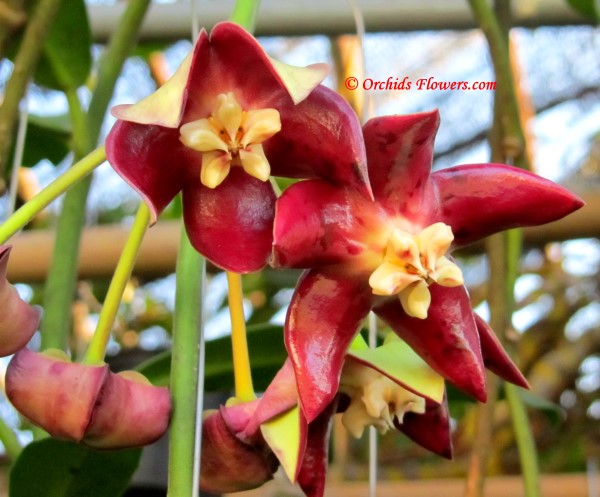
Hoya imperialis Lindl. 1846, native to Malaysia and Borneo (Kalimantan) is ranked among the biggest Hoya flowers. Hoya imperialis blooms in clusters of up to 10 flowers, single flowers reach a size of up to 8 cm across. Flowers of this impressive wax flower stay up to about 2 weeks and are fragrant, strongest in Read More »
Read the full article…
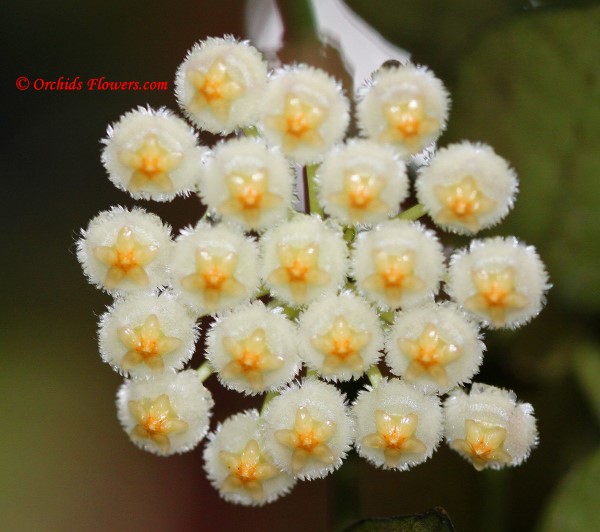
Hoya lacunosa Blume 1826 is a highly fragrant wax flower, native to Malaysia, Indonesia, and the Philippines. Hoya lacunosa flowers exhale a heavy scent which is reminescent of hyacinth with a pinch of cinnamon. Others say the scent is like a facial soap or a hand cream. If the Hoya lacunosa blooms with a few Read More »
Read the full article…














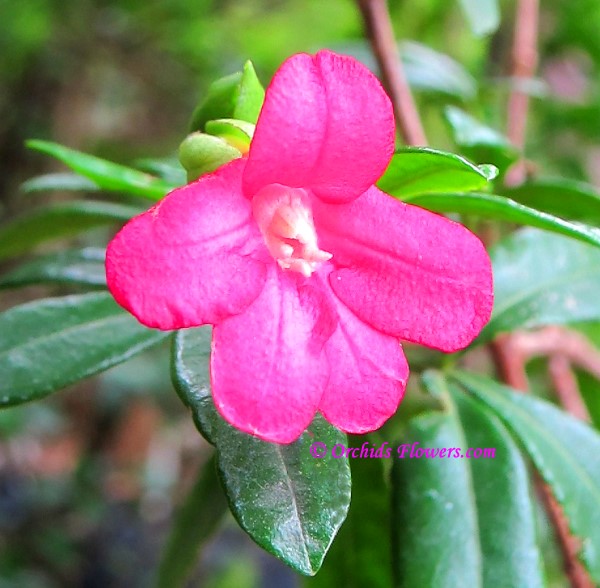 Lemonia (Ravenia spectabilis)
Lemonia (Ravenia spectabilis)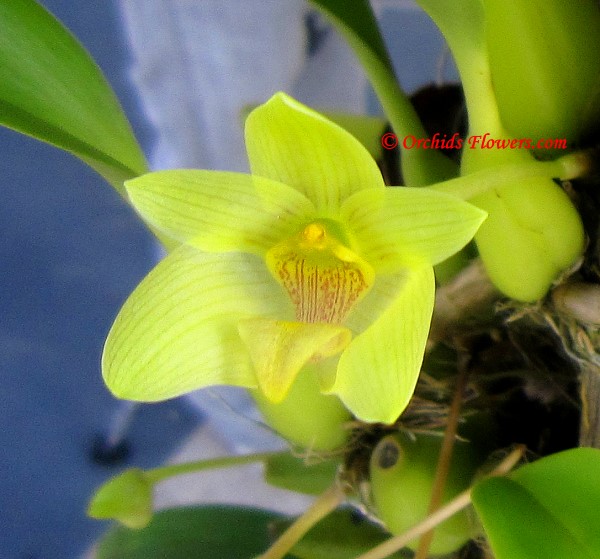 Bulbophyllum orectopetalum
Bulbophyllum orectopetalum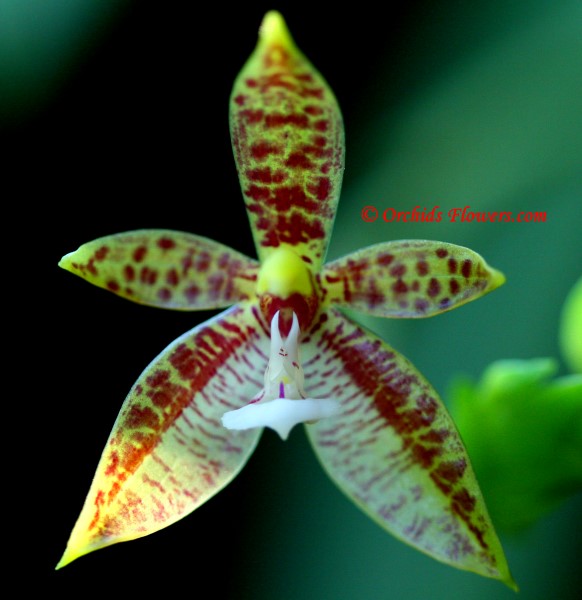 Phalaenopsis cornu-cervi Blume & Rchb. f. 1860
Phalaenopsis cornu-cervi Blume & Rchb. f. 1860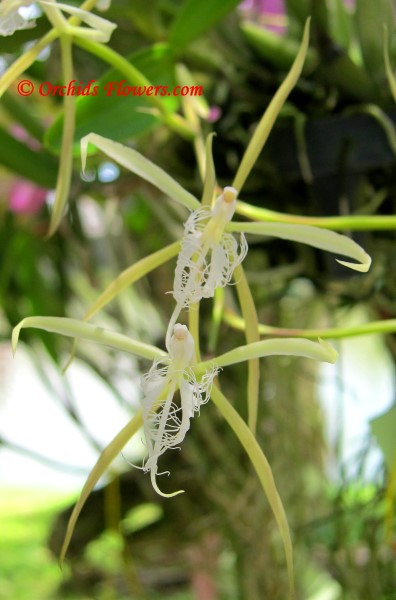 Epidendrum ciliare (Coilostylis ciliaris)
Epidendrum ciliare (Coilostylis ciliaris)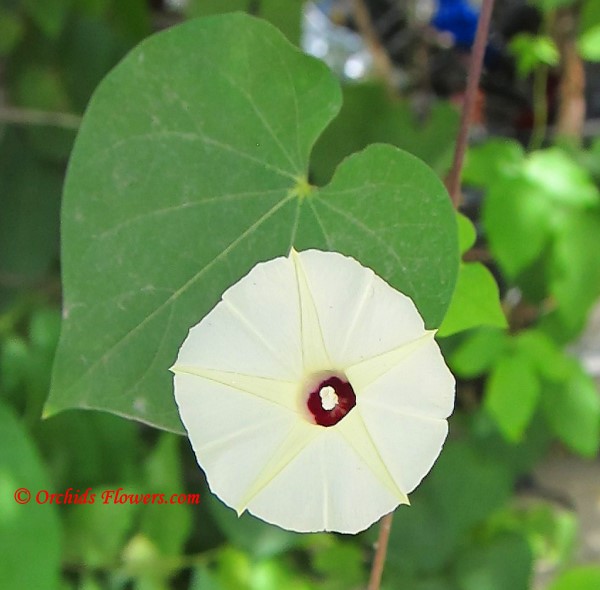 Man of the Earth (Ipomoea pandurata)
Man of the Earth (Ipomoea pandurata)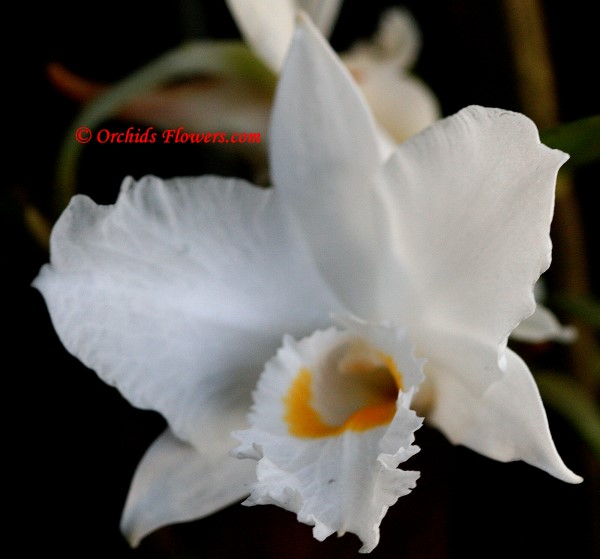 Dendrobium infundibulum Lindl.1859
Dendrobium infundibulum Lindl.1859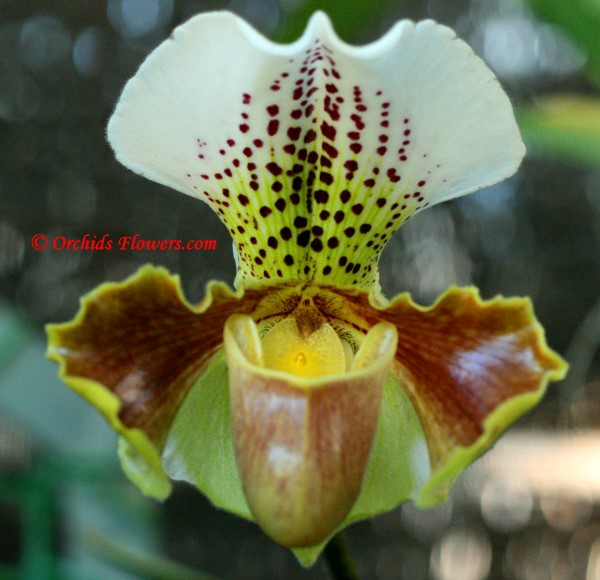 Paphiopedilum insigne
Paphiopedilum insigne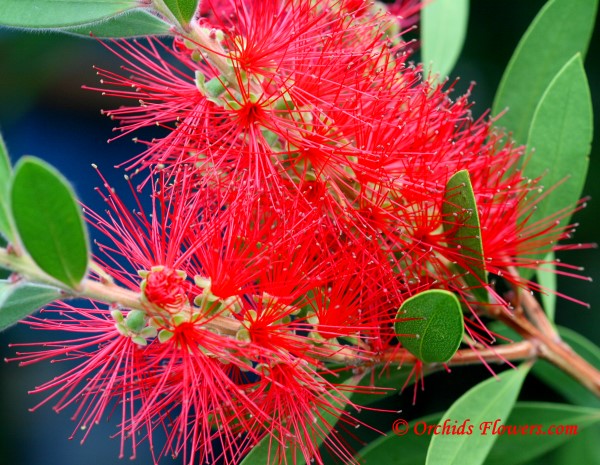 Crimson Bottlebrush (Callistemon citrinus)
Crimson Bottlebrush (Callistemon citrinus)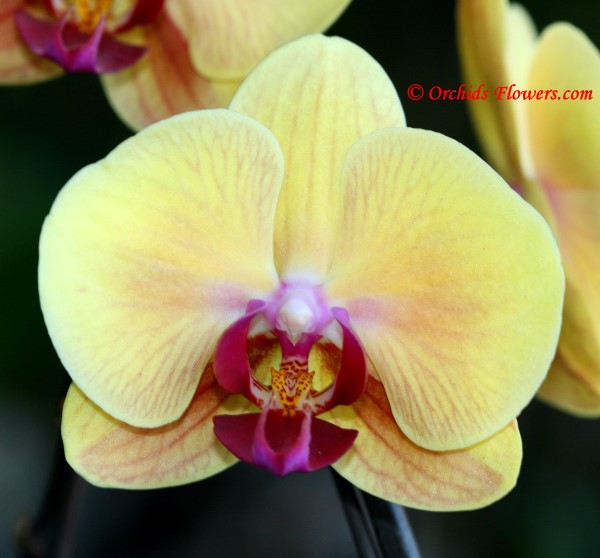 Phalaenopsis Golden Beauty
Phalaenopsis Golden Beauty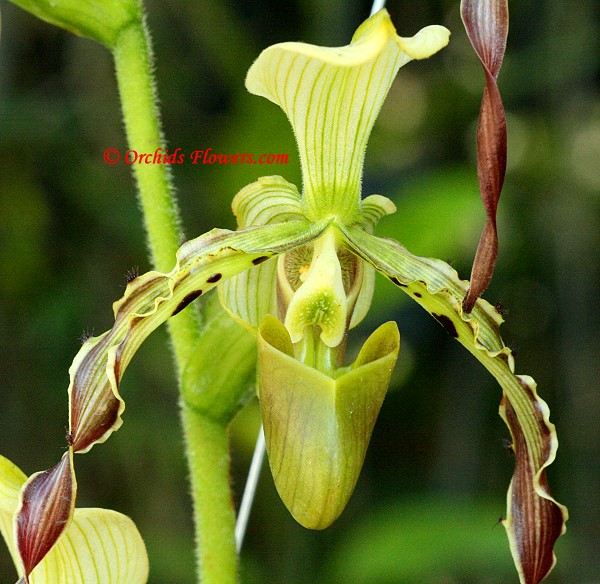 Paphiopedilum parishii
Paphiopedilum parishii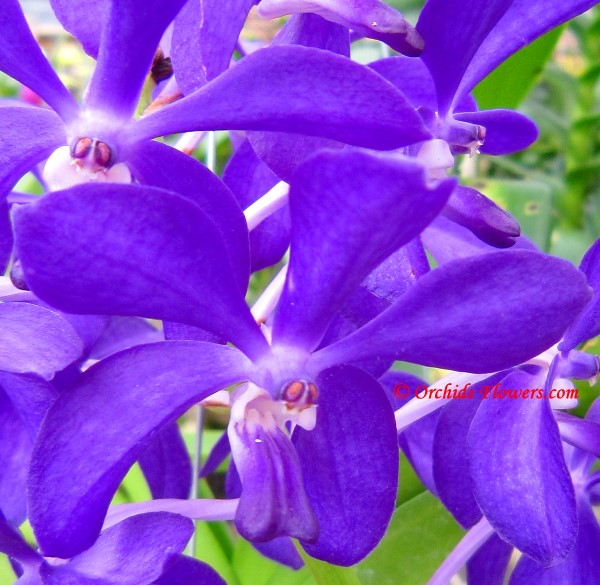 Vandachostylis Thai Sky
Vandachostylis Thai Sky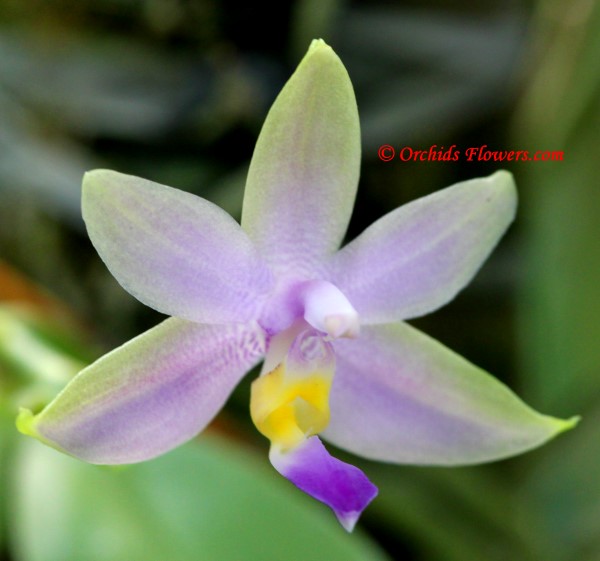 Phalaenopsis violacea fo. coerulea Christenson
Phalaenopsis violacea fo. coerulea Christenson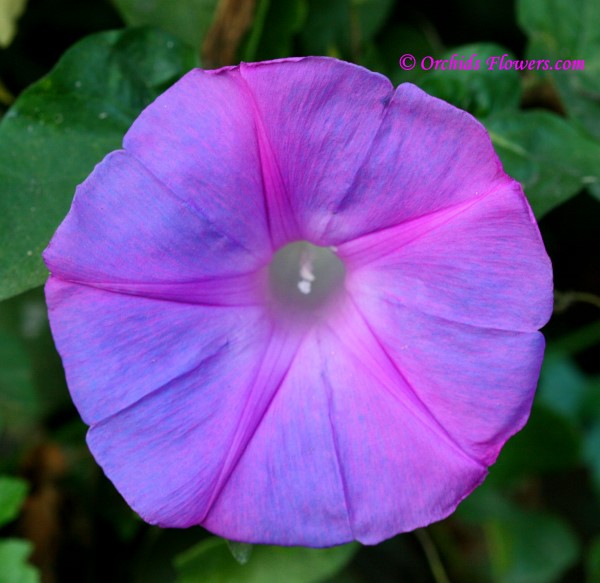 Oceanblue Morning Glory (Ipomoea indica)
Oceanblue Morning Glory (Ipomoea indica)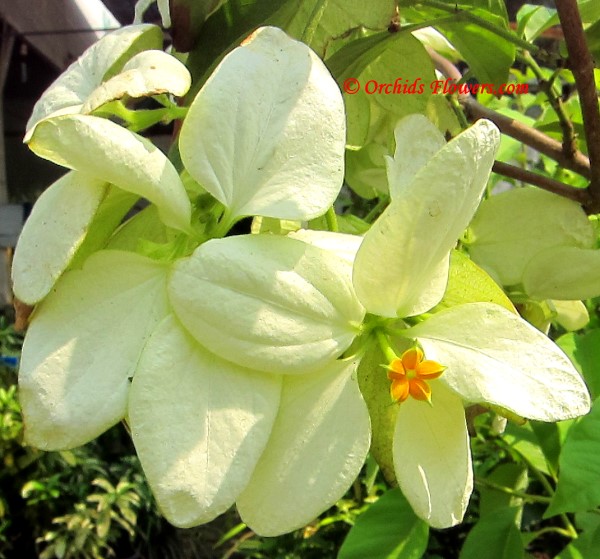 Buddha’s Lamp (Mussaenda philippica var. aurorae)
Buddha’s Lamp (Mussaenda philippica var. aurorae)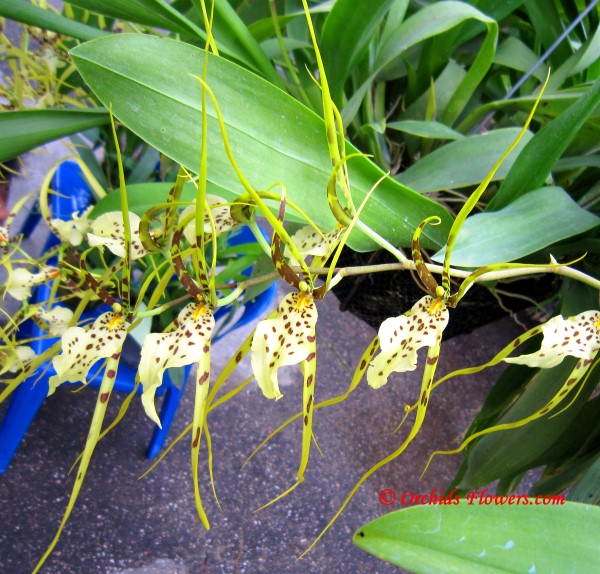 Brassia Eternal Wind “Summer Dream”
Brassia Eternal Wind “Summer Dream”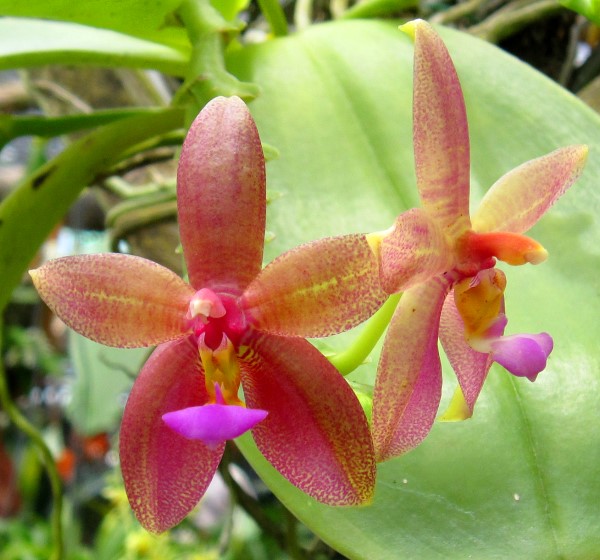 Phalaenopsis × valentinii
Phalaenopsis × valentinii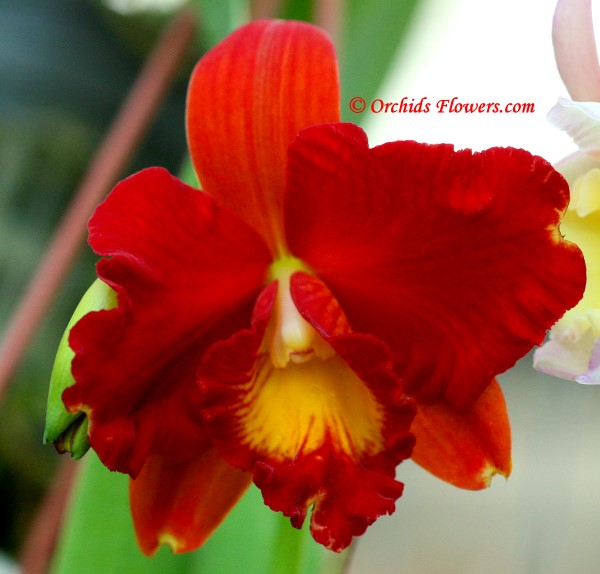 Cattleya Tainan City
Cattleya Tainan City


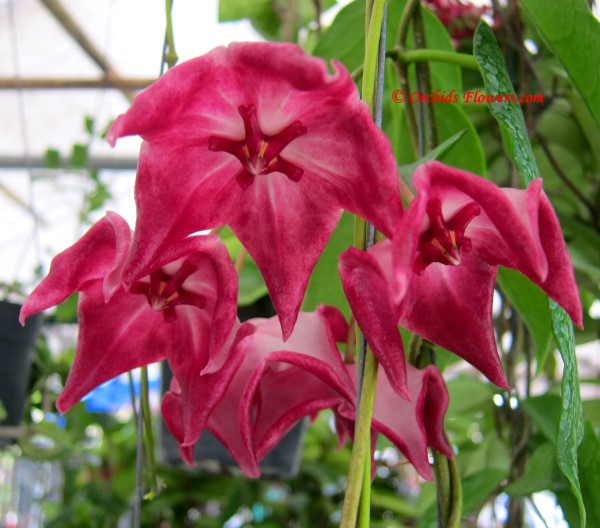 Hoya macgillivrayi F. M. Bailey 1914
Hoya macgillivrayi F. M. Bailey 1914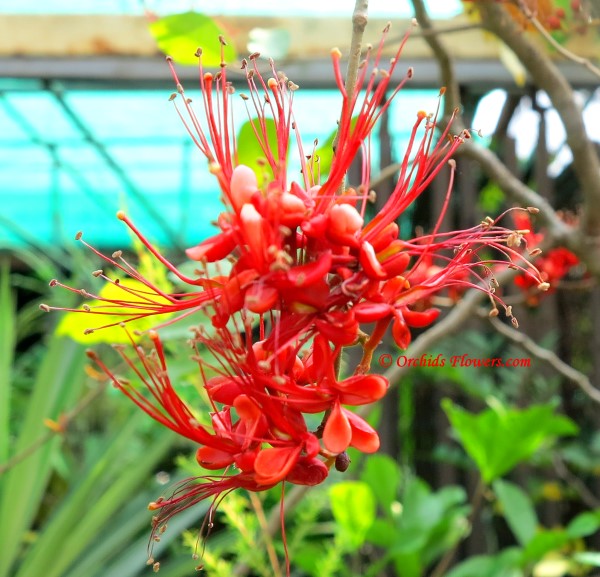 Monkey Flower Tree (Phyllocarpus septentrionalis)
Monkey Flower Tree (Phyllocarpus septentrionalis)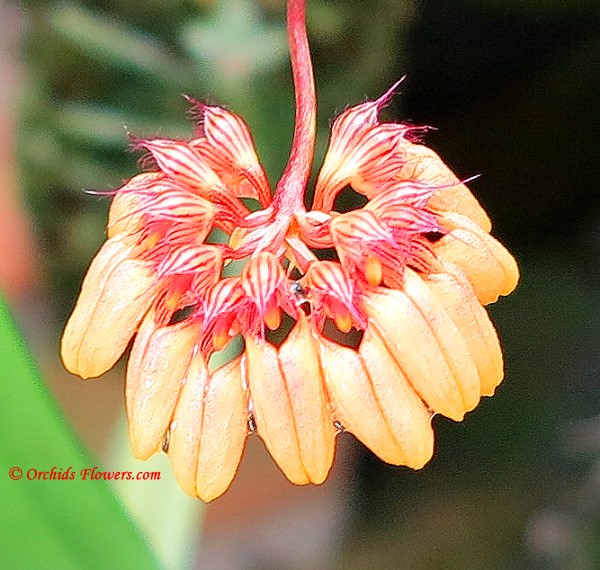 Bulbophyllum sikkimense (Cirrhopetalum sikkimense)
Bulbophyllum sikkimense (Cirrhopetalum sikkimense)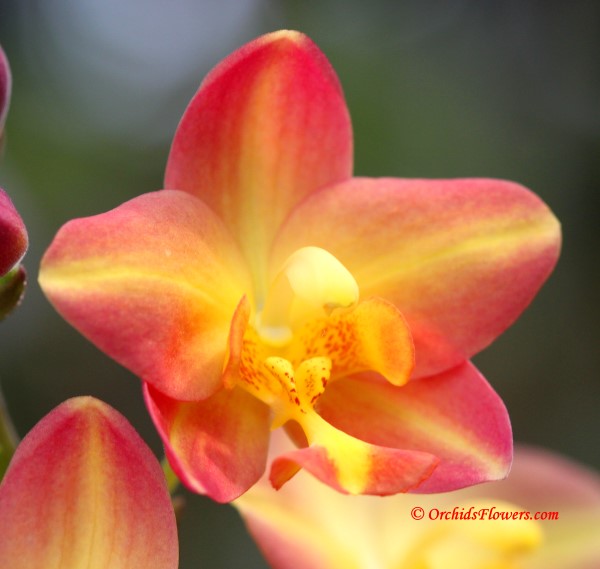 Spathoglottis Citrus Cooler Sorbet
Spathoglottis Citrus Cooler Sorbet